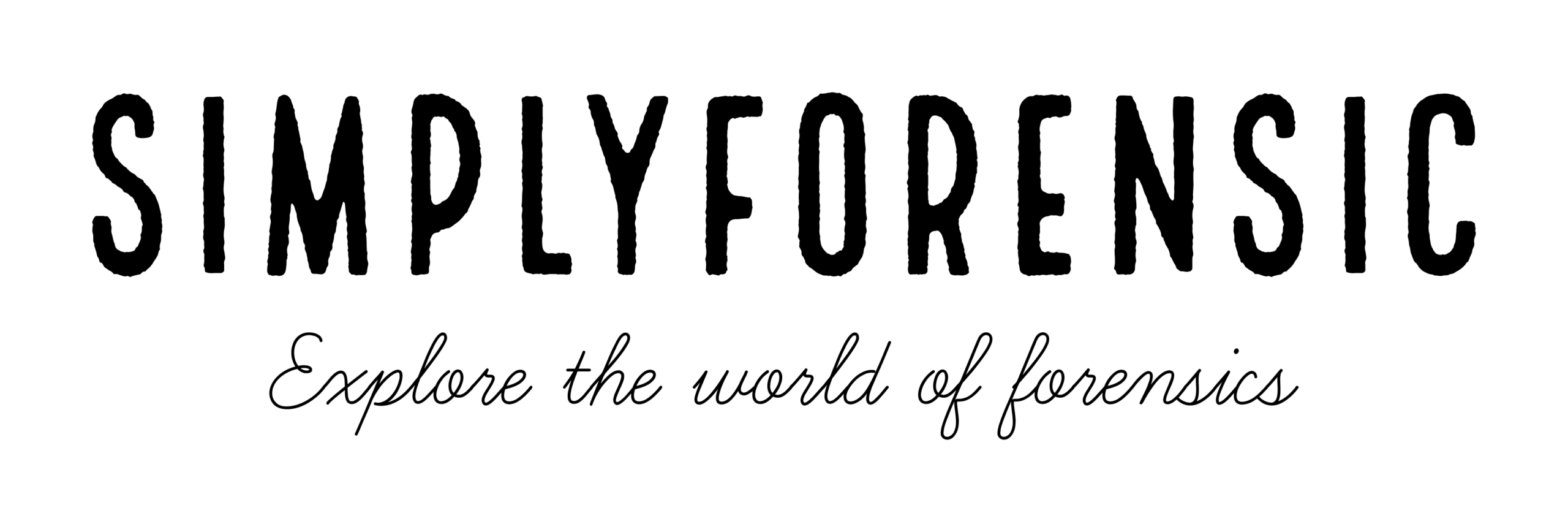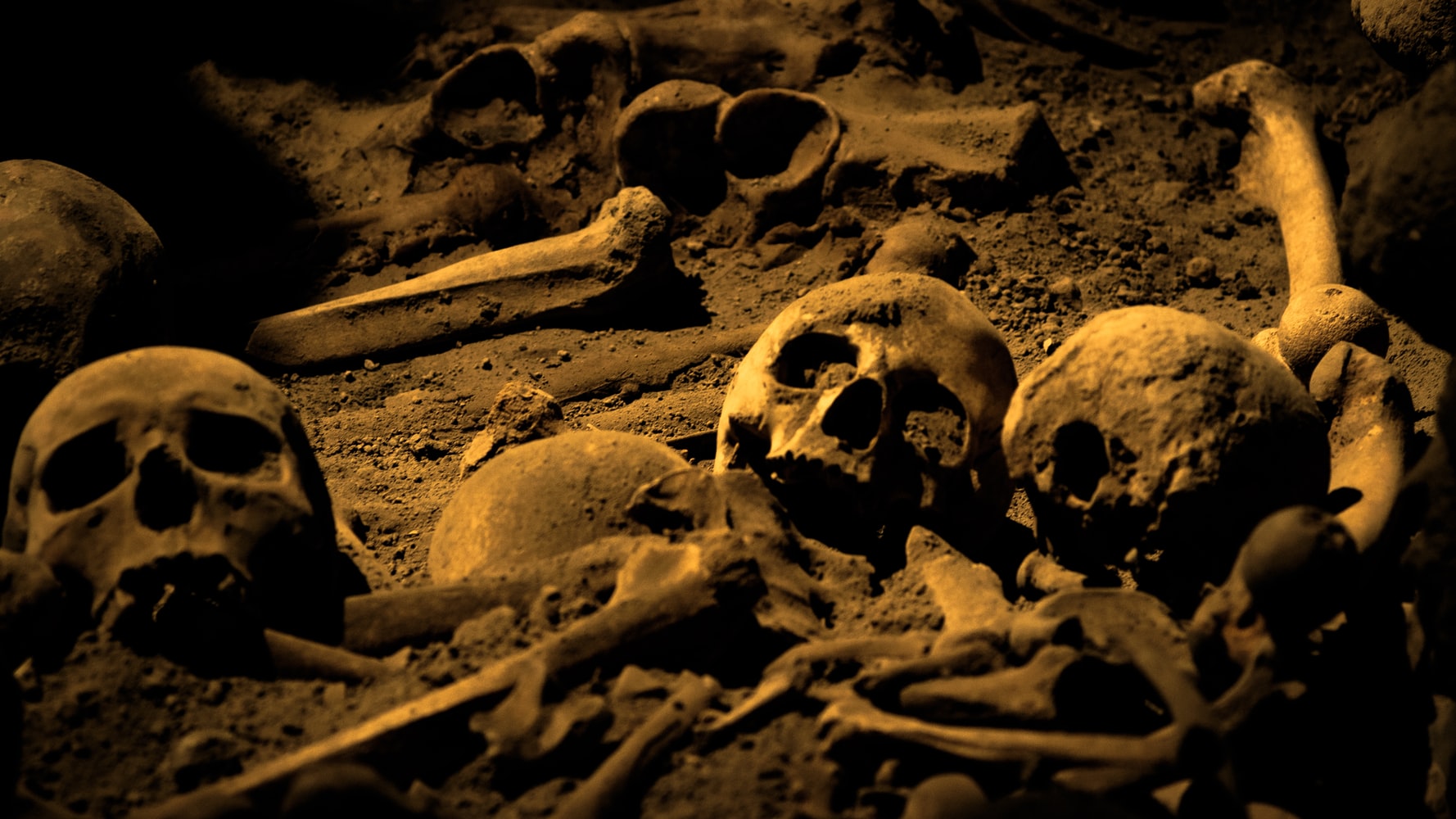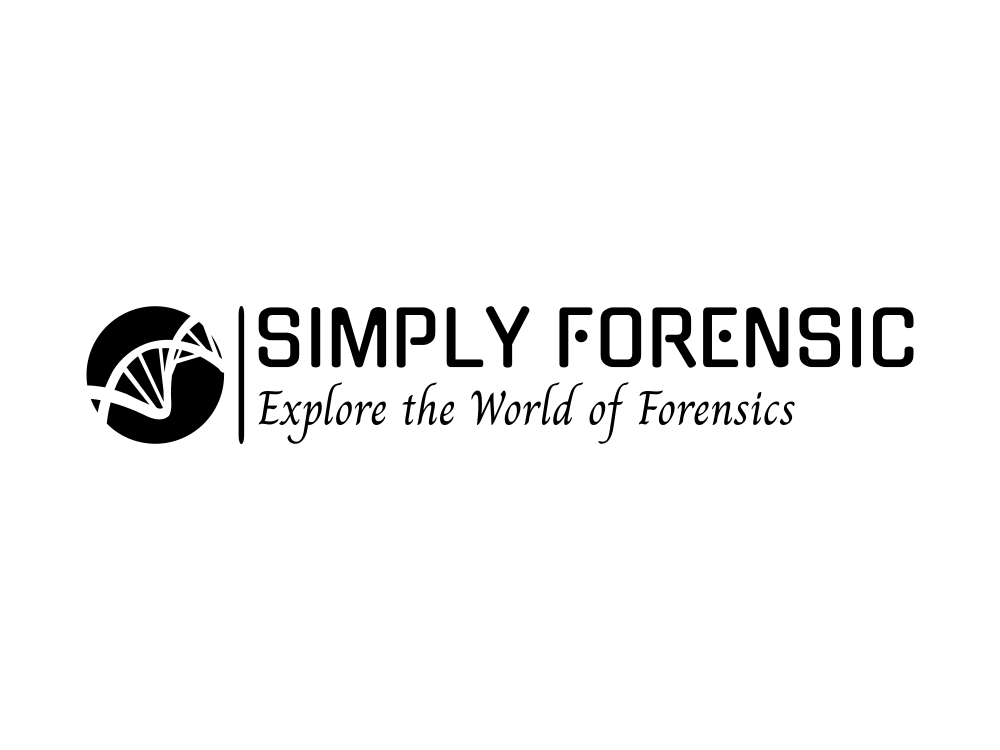Forensic Nursing: A Closer Look into the World of Crime-Solving Healthcare
Forensic nursing combines nursing, law enforcement and criminal justice to provide medical care, evidence collection, and emotional support to patients who are victims of violence,…
Wildlife Forensics
Wildlife forensics is a new field of criminal investigation focused on identifying and prosecuting crimes against animals. Scientists use cutting-edge technologies to analyze evidence, identify…
Forensic Geomorphology: Investigating Crimes through the Landscape
This article discusses the field of forensic geomorphology, which applies geological and geomorphological knowledge to legal issues. By using their knowledge of landforms, erosion, sedimentation,…
Biometrics
The use of biometric authentication and verification has brought a steep upturn in corporate and public security, consumer electronics, and POS (Point-of-sale) applications by significantly…
Unraveling Veterinary Forensics: A Beacon of Animal Justice
Learn about the vital role of veterinary forensics in solving animal crime cases. Explore how forensic veterinarians contribute to animal welfare and justice through expert…
Forensic Art
Forensic art is referred to applying artistic skills such as drawing and image modifications to enhance the presentation of evidence in law enforcement or legal…
Forensic Serology: Unraveling Crime Through Bodily Fluids
Explore the role of forensic serology in solving crimes, focusing on analyzing blood, semen, saliva, and other bodily fluids. Learn about techniques, history, and ethics.
Forensic Pathology: Unveiling the Truth in Death Investigation
Forensic pathology is a forensic science field involving applying pathological methods in investigating circumstances of sudden, suspicious, or unexplained deaths, particularly those involved in legal…
How Microscopic Pollen Became the Silent Witness: Forensic Palynology
Forensic palynology is the application of the study of pollen and spores to investigate legal matters in criminal and civil cases, often used to establish…
Understanding Forensic Limnology: Techniques and Applications
Forensic limnology is a sub-field of forensic botany that examines the presence of diatoms in crime scene samples and victims. Currently, the primary application of…
Forensic Taphonomy Decoded: Hidden Clues in Postmortem Evidence Analysis
It mainly combines knowledge from archaeology and forensic science to estimate time since death, reconstruct the circumstances before and after deposition, and discriminate the products…
Forensic Archaeology Unveiled: Essential Methods for Crime Scene Investigation
Forensic archeologists transform crime scene investigations by merging centuries‑old archaeological methods with modern forensic science. Their expertise in site assessment, evidence recovery, and advanced imaging…
Forensic Odontology: Techniques and Applications
Teeth can withstand temperatures up to 1600°C, making them the most resilient evidence in forensic investigations. This remarkable durability makes dental evidence invaluable when other identification…


















